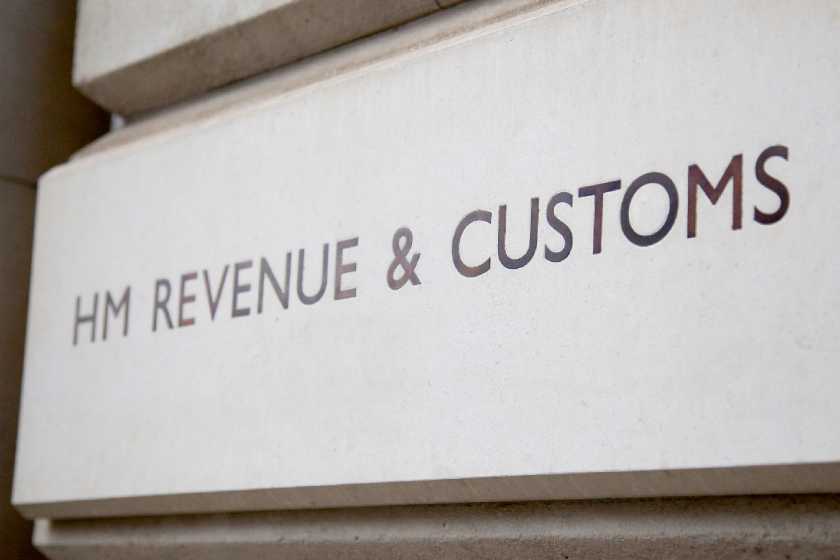HMRC’s Octagon Green investigation: One key takeaway
It’s one thing for a company to face an HMRC investigation for tax evasion – and another to face such an...
READ MORE
SPONSORED: The UK tax system is one of the most complicated in the world. Not surprisingly, taxpayers do get it wrong from time to time and need to put things right. But is the Contractual Disclosure Facility (CDF) to be used or do you simply telephone HMRC? And then say what exactly to HMRC?

For many clients, being prosecuted is the worst imaginable outcome. Therefore, everything I do is focused from the outset on getting HMRC to agree that it is a civil matter (that results in a financial Settlement) rather than a criminal matter (that goes to court). This is HMRC’s decision not your client’s decision or your decision. But what is said and how it is said can greatly influence HMRC in making their decision.
Where HMRC are being made aware of something for the first time, it is referred to as a Voluntary Disclosure or an unprompted Disclosure. It follows that making an unprompted disclosure will be looked upon more favourably than if it is prompted Disclosure in response to any contact from HMRC.
A Disclosure is not simply correcting an error or mistake. A Disclosure is required in order to:
Either way, as the tax is paid late, interest will also be due. The amount of tax due is a calculation as is the amount of interest. Neither the tax nor the interest are negotiable as tax rates and interest rates are fixed.
Under a civil Settlement there may also be a financial penalty. Penalties vary according to the taxpayer’s behaviour.
The initial aims are firstly to get HMRC to accept that it is a civil matter and secondly to obtain the maximum reduction in penalties. It is a common misconception that penalties start at zero and go upwards when in fact they start at the maximum (between 100% and 200% of the tax) and go downwards.
There are various channels through which a Disclosure can be made in seeking a civil Settlement. What is said and how it is said can be crucial is getting the right outcome for your client.
The CDF is to be used where the taxpayer has done something deliberately, not by accident or as a result of a misunderstanding of the rules/legislation. The taxpayer knows that the incorrect amount of tax is being paid. HMRC may consider this to be fraud in which case the CDF is to be used.
The CDF is a process that follows a specific pathway to be followed and can take weeks, months or even years to be concluded. Matters tend not to be resolved online and a Settlement of the tax, interest and penalty is formulated over a period of time after several meetings.
On some occasions, not only has the taxpayer done something deliberately, but it has also been concealed. This is still fraud but at a higher level and specialist advice is needed in order it to be kept as a civil matter, not a criminal matter.
By contrast, the WDF is often used where there is no fraud but for example a source of income or gains has been omitted and not taxed from outside the UK. This could be receiving a pension from an overseas employer that has been overlooked because it was taxed in the country it originated from. It may be at the wrong tax rate though.
The WDF is an online portal in which a Settlement computation is submitted to HMRC.
The DDS can be used instead of the CDF to correct a taxpayer’s deliberate actions. By contrast to the CDF though, the DDS is an online portal in which the taxpayer submits both the calculation of the amount owed and an explanation of how the matter arose. There is little or no personal interaction between the taxpayer and staff at HMRC.
There are no hard and fast rules, but the content of a Disclosure is considered here.
Don’t panic, help is at hand.
Getting the right result for your client can depend upon making a Disclosure the right way using the right channel. From the outset, as a specialist adviser, I focus on the best strategy that mitigates penalties the most in a civil Settlement.
For more help and advice contact Paul Malin, Paul Malin Consultancy: